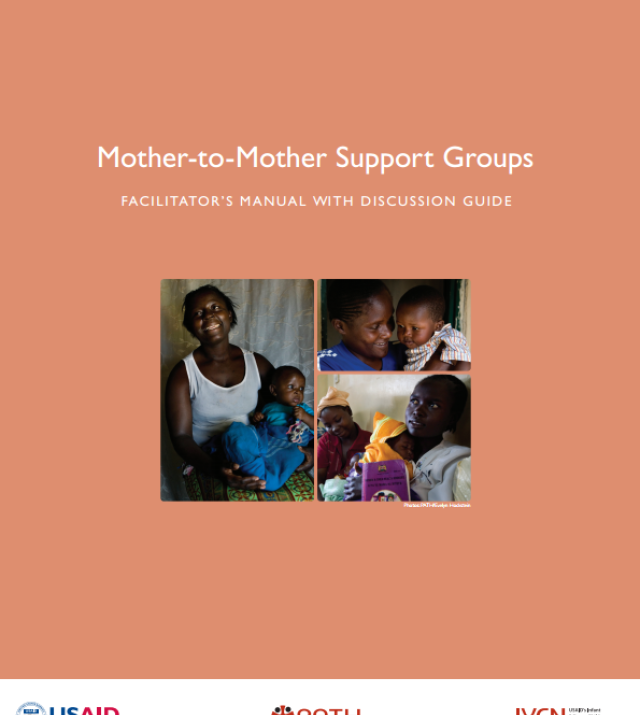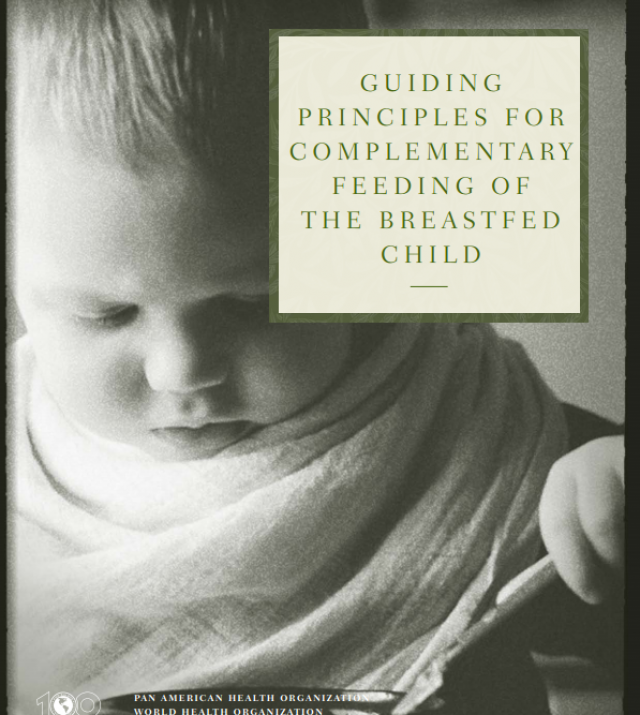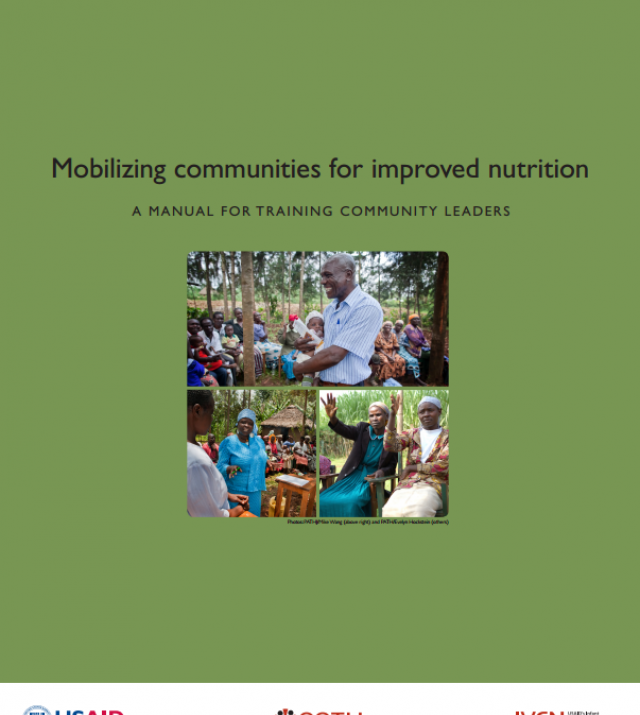
Guidelines on HIV and Infant Feeding

WHO guidelines on HIV and infant feeding were incorporated into the 2001 WHO publication ‘New data on the prevention of mother-to-child transmission of HIV and their policy implications: conclusions and recommendations.' Guidelines on HIV and infant feeding were thereafter updated in 2006. This revision endorsed the general principles underpinning the earlier conclusions and recommendations but additionally provided updated recommendations and gave an explanation of key points with respect to breastfeeding, infant nutrition, HIV transmission and infections in infancy and childhood including prevention and control of vertical transmission, formula feeding and practice guidelines.
Significant programmatic experience and research evidence regarding HIV and infant feeding have accumulated since recommendations on infant feeding in the context of HIV were last revised in 2006. In particular, evidence has been reported that antiretroviral (ARV) interventions to either the HIV-infected mother or HIV-exposed infant can significantly reduce the risk of postnatal transmission of HIV through breastfeeding. This evidence has major implications for how women living with HIV might feed their infants, and how health workers should counsel these mothers.
In light of these issues, WHO held a Guideline Development Group meeting in Geneva on 22–23 October 2009. The purpose of the meeting was to update United Nations recommendations for infant and young child feeding in the context of HIV, according to the guideline development process outlined in the WHO Handbook for guideline development. This document reports on the principles and recommendations derived from the evidence reviewed at the guideline development meeting, and from the discussions in the meeting itself.

